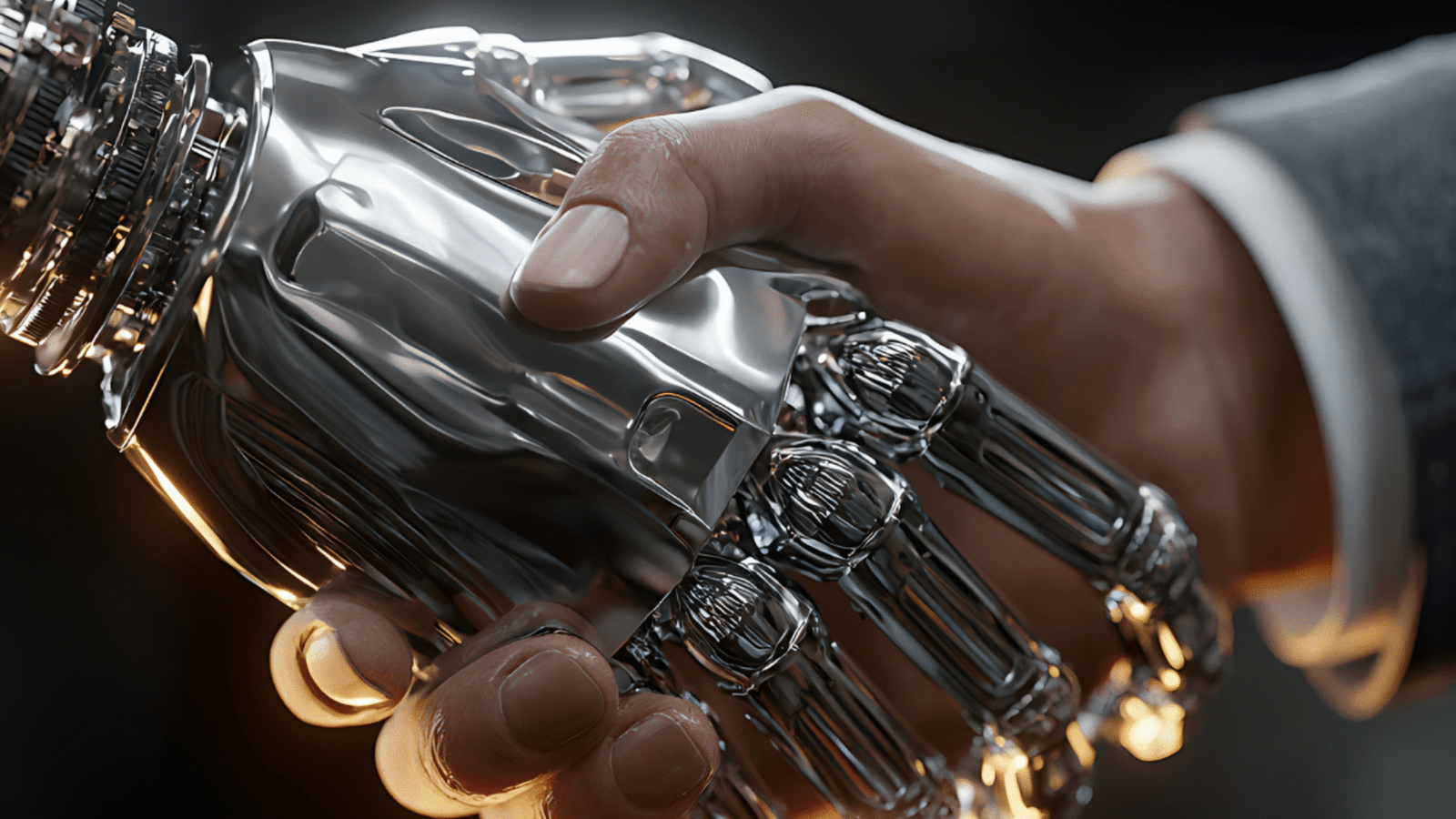Artificial Intelligence is no longer just a tool for tech companies — it’s a driver of global economic change.
In 2025, AI adoption is reshaping industries, creating new opportunities, and forcing businesses and governments to rethink how economies function.
The shifts are happening faster than most expected, and the impact will be felt across jobs, productivity, and growth.
The AI Economy in 2025
AI is now embedded in everyday operations:
Retailers use it for supply chain optimization.
Banks rely on it for fraud detection and customer service.
Healthcare leverages AI for diagnosis and drug discovery.
Governments apply AI to improve public services.
This widespread adoption means AI is no longer a niche — it’s a core driver of economic activity.
The Biggest Shifts Happening Right Now
- Productivity Gains at Scale
AI boosts efficiency in almost every sector. Tasks that took hours now take minutes. Businesses that embrace automation gain a competitive edge, while those that resist risk falling behind.
- New Job Categories
While some roles shrink, new ones emerge: AI trainers, auditors, ethicists, and AI-powered service specialists. The workforce isn’t disappearing — it’s evolving.
- Industry Disruption
Entire industries are being reshaped. Traditional marketing agencies face competition from AI-driven platforms. Manufacturing plants become smarter with predictive maintenance. Education pivots toward AI-supported learning.
- Small Business Acceleration
AI tools are no longer reserved for enterprises. Startups and small businesses use AI for customer service, analytics, and marketing — leveling the playing field with bigger competitors.
- Global Competition
Nations leading in AI development set the pace for economic growth. Countries investing in AI infrastructure, research, and education will dominate in global markets.
Opportunities for Businesses
The economic shift doesn’t just bring challenges — it creates massive opportunities:
Lower barriers to entry: Small players can now scale faster with AI tools.
Global reach: AI-driven marketing and automation allow businesses to access new markets.
Innovation cycles: New products and services can be brought to market faster.
Sustainability: AI helps optimize energy use and reduce waste.
For those willing to adapt, AI is a growth engine.
The Risks to Watch
Rapid change also brings risks that must be managed:
Job displacement: Certain repetitive roles will decline.
Inequality: Businesses and countries slow to adopt may fall behind.
Regulatory uncertainty: Governments are still writing the rules.
Overreliance: Businesses must avoid depending entirely on AI without human oversight.
Ignoring these challenges could widen divides instead of creating shared prosperity.
How to Prepare for AI-Driven Economic Change
For businesses and individuals, the path forward includes:
Upskill continuously. Learn how to integrate AI into your role.
Adopt strategically. Start with AI tools that directly impact efficiency or revenue.
Monitor trends. Keep an eye on government policies and industry benchmarks.
Diversify. Don’t rely on one AI platform or vendor.
Balance tech with people. Human judgment remains critical.
The Bottom Line
AI isn’t just shaping the future of technology — it’s shaping the future of the economy.
The next wave of economic winners will be those who embrace AI not just as a tool, but as a strategic driver of growth.
In 2025, the real question is:
Will you adapt to the AI economy, or be left behind by it?


Add a Comment